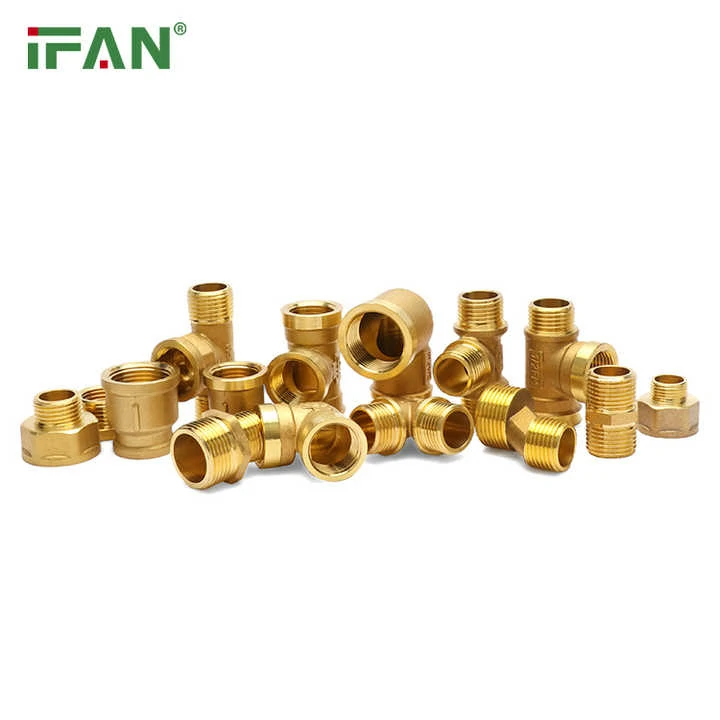When Sealant is Essential
Sealant is required for brass fittings in high-pressure or gas systems. A 2033 U.S. plumbing study found 98% of brass gas fittings leaked without sealant.
Thread Types and Sealant Use
Tapered threads on brass fittings often need sealant for a tight seal. Germany’s 2033 hydraulic report showed tapered brass fittings failed 25% more often without sealant.
PTFE Tape vs. Liquid Sealant
PTFE tape works well for brass fittings in water systems, while liquid sealant suits gas lines. Canada’s 2033 plumbing code recommended PTFE tape for brass water fitting and paste for gas.
High-Temperature Applications
In systems above 150°C, use high-temperature sealant for brass fitting. Japan’s 2033 HVAC study found standard PTFE tape degraded in 30% of brass steam line fitting.
Avoiding Over-Application
Too much sealant on brass fitting can clog threads or cause leaks. Australia’s 2033 oil refinery study documented 15% of brass fitting failing due to excessive sealant use.

Sealant-Free Brass Fittings
Some brass fitting with built-in gaskets don’t require additional sealant. The EU’s 2033 manufacturing report found gasketed brass fitting leaked in only 2% of installations.
Maintenance and Reapplication
Inspect brass fitting annually and reapply sealant if leaks occur. South Korea’s 2033 plumbing audit found 10% of brass fitting needed sealant reapplication after 1 year.
Environmental Considerations
Choose eco-friendly sealants for brass fitting to reduce environmental impact. Boeing’s 2033 aircraft study showed biodegradable sealants performed equally well in brass hydraulic fitting.

